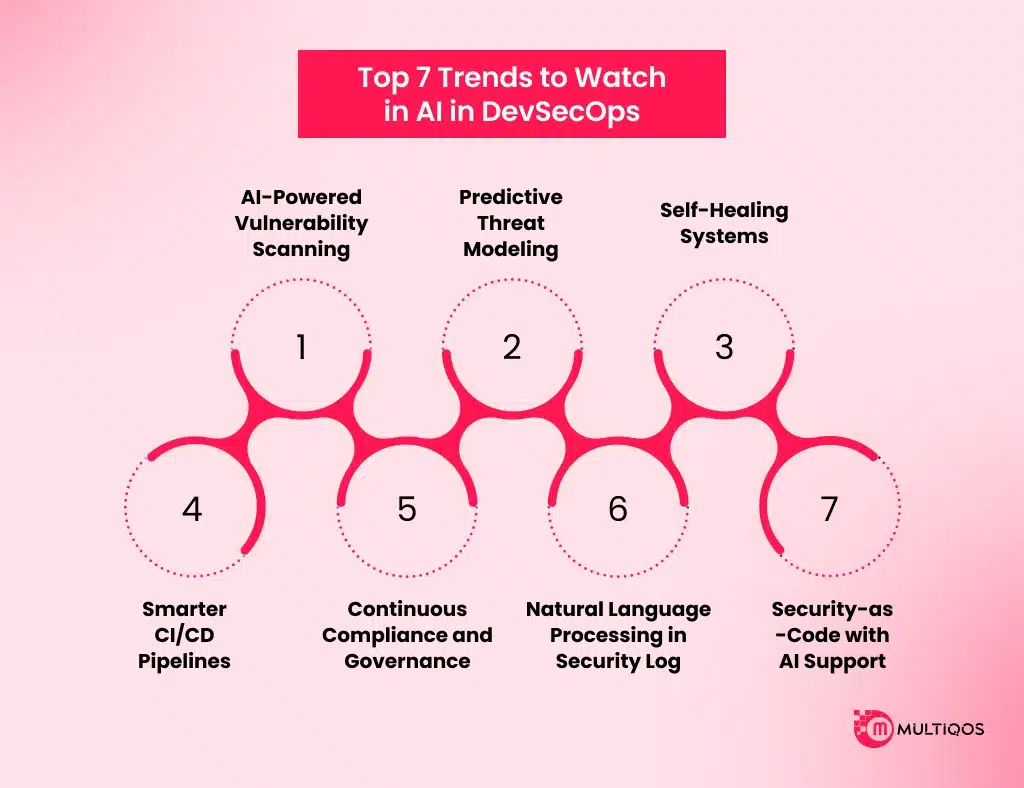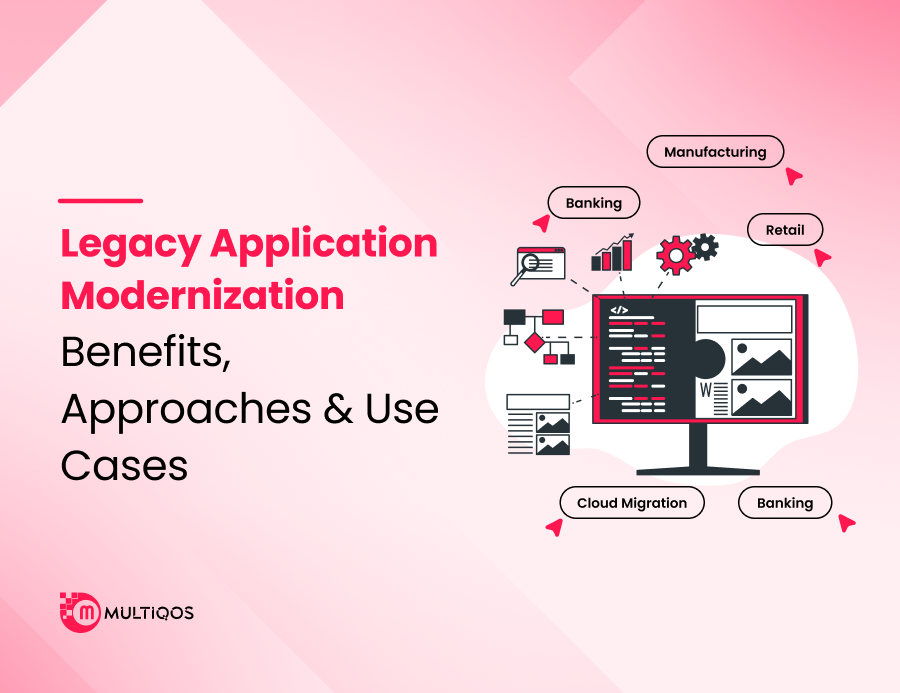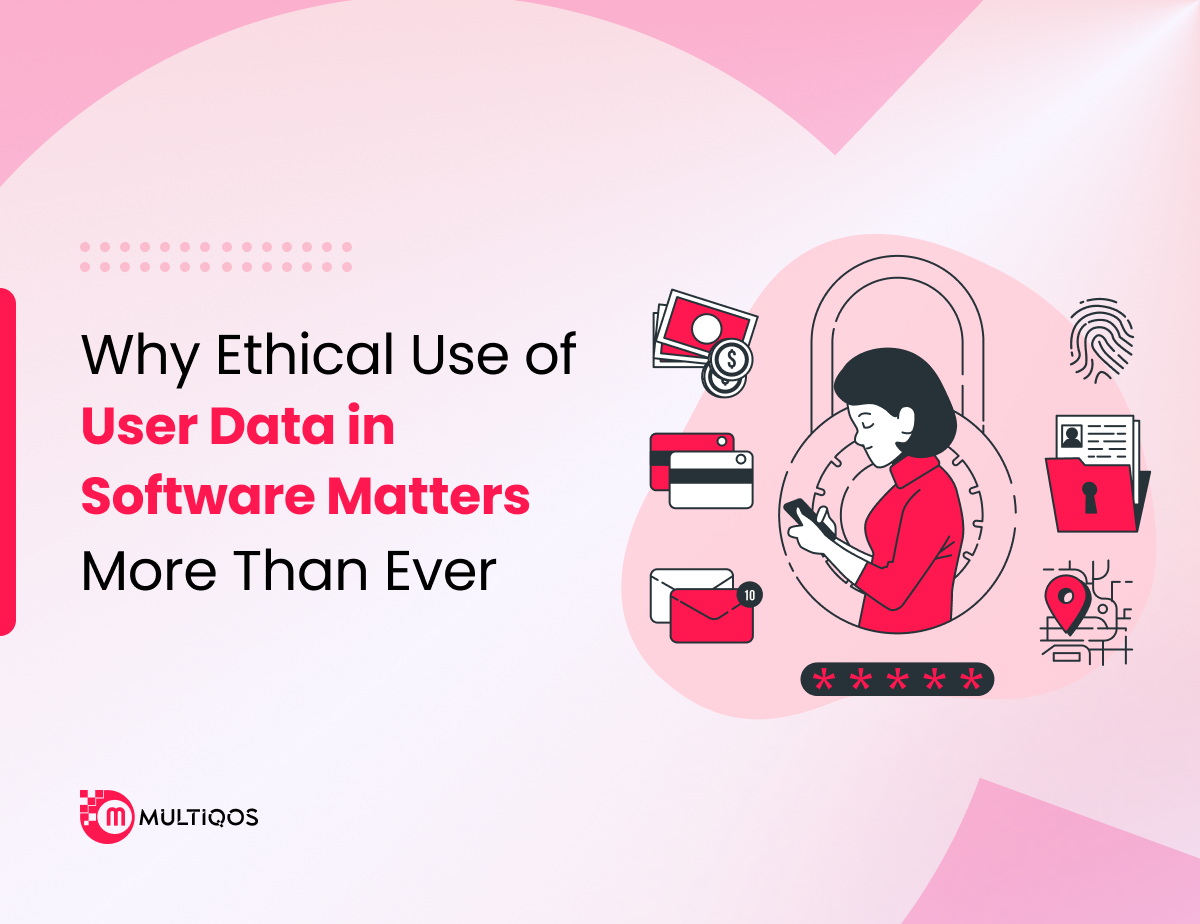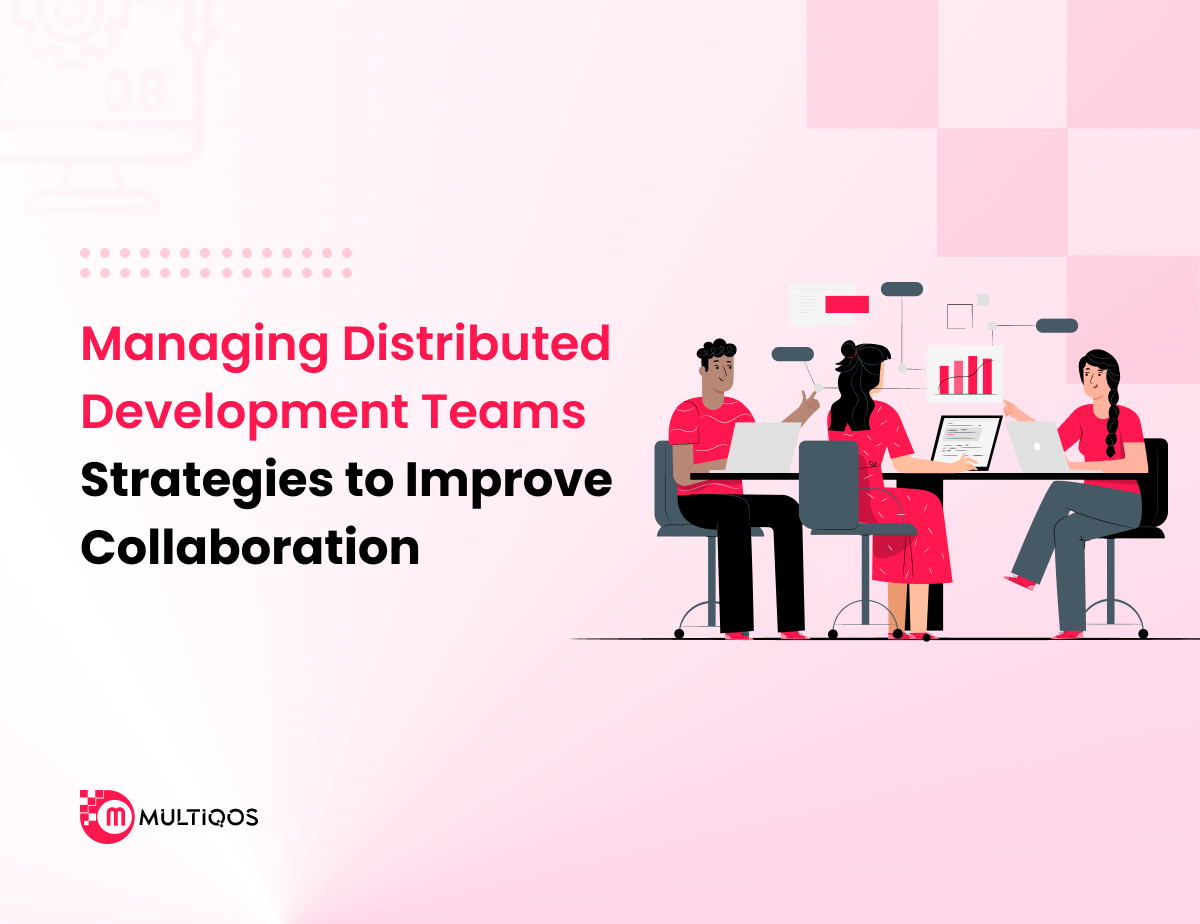The Future of AI in DevSecOps: Trends to Watch
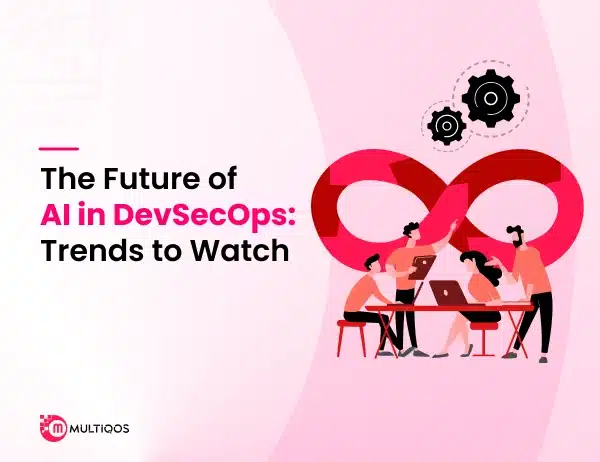
Summary:
AI in DevSecOps is reshaping the way organizations build, secure, and deploy applications. This blog dives into the emerging trends that highlight how artificial intelligence is streamlining DevSecOps practices—from intelligent automation and real-time threat detection to predictive risk management and smarter CI/CD pipelines.
It also explores the integration of AI for continuous compliance monitoring and faster incident response. As AI in DevSecOps continues to mature, businesses that embrace these innovations are better equipped to deliver secure, scalable, and high-performing software in today’s fast-paced digital landscape.
Introduction
As we all know, the one thing that cannot be ever neglected is security. It is one of the most important factors to consider in today’s evolving digital space. As the development cycle accelerates, there are more chances that threats might occur, and for this reason, integrating security in all stages of the lifecycle becomes mandatory.
That’s where AI in DevSecOps finally comes into the picture. Integrating the potential of AI development with DevSecOps principles, businesses can exactly know how they can quickly discover vulnerabilities, react to expected threats, and automate security tasks. From intelligent code scans to predictive threat modeling, AI development enables smart and safer software delivery.
In this blog, we will find out how AI in DevSecOps is transforming and know the top trends are for the future. Having sufficient knowledge about these latest innovations of AI in DevSecOps is essential in order to stay competitive and ahead in the development world, whether you are a security expert, software developer, or technical decision-maker.
What is AI in DevSecOps?
AI in DevSecOps refers to the integration of artificial intelligence technologies into DevSecOps’ workflow to increase the speed of safety operations in the life cycle, accuracy, and intelligence. By penetrating AI in CI/CD pipelines, businesses can predict the vulnerability and potential dangers and respond to real-time events.
This helps development, security, and operating teams to function more collaboratively and reduce manual efforts and human errors. Since cyber threats are more sophisticated and have reduced development cycles, traditional security practices can no longer be maintained. This is the place where AI turns out to be invaluable in DevSecOps.
This code brings intelligent automation to code scanning, anomaly detection, compliance monitoring, and risk assessment, which enables secure and quick releases. As a prominent software development company, it is important to distribute high-quality and safe apps, so using AI in DevSecOps is not just an upgrade; it must be competitive in today’s digital world.
Top 7 Trends to Watch in AI in DevSecOps
1. AI-Powered Vulnerability Scanning
One of the most transformative areas in AI in DevSecOps is automatically scanning vulnerabilities that have been enhanced by AI development. Traditional scanning tools often produce false positives or miss subtle dangers. AI-operated scanner uses machine learning algorithms to identify actual dangers with more accuracy by analyzing code patterns, historical events, and relevant data. This not only speeds up security control during the development phase, but also ensures high-quality production with low safety errors.
2. Predictive Threat Modeling
Predictive threat modeling is another new capability operated by AI in DevSecOps. Analyzing massive datasets and security incidents that have previously taken place can be identified using AI before they are exploited. This active approach helps the security team to estimate the attack vector, identify risks, and design initial counters in the development cycle. This is a change in forecast security from reactive time, cost, and reputation.
3. Self-Healing Systems
When it comes to AI in DevSecOps, self-healing systems are no longer science fiction. This intelligent system can detect deviations, assess the severity, and implement fixes without manual efforts. Whether it returns to the previous secure position or patches a configuration error, AI applications and infrastructure make an immediate reaction to security events. This greatly reduces the shutdown and limits the effect of potential breaches.
4. Smarter CI/CD Pipelines
AI in DevSecOps makes pipelines more intelligent and safe. By analyzing historical building data and perfection patterns, AI can detect deviations, adapt the workflow, and prevent potential release failure. It also automatically detects weaknesses and traps quickly without slowing the delivery process. Smarter pipelines mean fast, safe, and more efficient releases.
5. Continuous Compliance and Governance
Staying in line with the rules and regulations can be cumbersome and challenging. With AI in DevSecOps, enterprises and startups can surely automate probe and management processes. AI continuously monitors code, configuration, and infrastructure against standard standards such as GDPR, HIPAA, or SOC 2.
6. Natural Language Processing in Security Log
Security logs aren’t exactly fun to read. Most of the time, they’re just long lists filled with confusing data points. You scroll for pages and still might miss something important. What’s helping now is the ability to pull meaning from all that mess. Some tools can actually sift through the logs, pick out the weird stuff, and give you a clearer picture of what’s going on. It’s not perfect, but it sure beats digging through it line by line.
7. Security-as-Code with AI Support
Security-as-Code (SaC) is a growing practice that is implemented for AI in DevSecOps to detect misconfiguration and implement the best infrastructure-as-code practices (IaC). The AI tools can automatically review the sign script and the rinsing configuration to ensure that the security policy is embedded from the beginning. This gives developers the right to create a safe environment without the need for deep safety expertise, and close the gap between speed and safety.
Final Thoughts
As technology develops, we should have a way to build and secure it. Integration of AI in DevSecOps is not just a trend – this is a strategic change to smarter, sharper, and more flexible software development. For detecting threats in real-time and automatic investigation for future analysis and intelligent event response, AI in DevSecOps makes sure to redefine each layer of the pipeline.
Growing a business or launching a startup isn’t just about moving fast — it’s about doing things the right way. Speed matters, sure. You need to hire software developers who think beyond just writing code. The ones who see the bigger picture — who know how to build stuff that works, holds up under pressure, and keeps your users safe. With the right team, you’re not just keeping up — you’re staying ahead.
FAQs
AI is a revolution when it comes to DevSecOps because it enables intelligent automation, real-time danger, future risk analysis, and self-healing systems. This allows teams to continuously solve security problems, reduce false positives, and speed up software delivery.
- Faster vulnerability detection
- Real-time incident response
- Reduced human error
- Predictive analytics for proactive risk mitigation
- Automated compliance and audit readiness
These benefits collectively improve the speed, security, and scalability of software development.
Some of the major trends include:
- AI-powered code and vulnerability scanning
- Predictive threat modeling
- Autonomous security bots
- Intelligent CI/CD pipeline optimization
- Continuous compliance monitoring
These trends signal a shift toward smarter, more adaptive security systems.
Yes. While large companies are leading adoption, many AI-based DevSecOps tools are now available to small teams through cloud-based platforms and open-source solutions. Start-ups and SMBs can benefit significantly by automating and increasing the safety currency without heavy manual efforts.
Get In Touch


